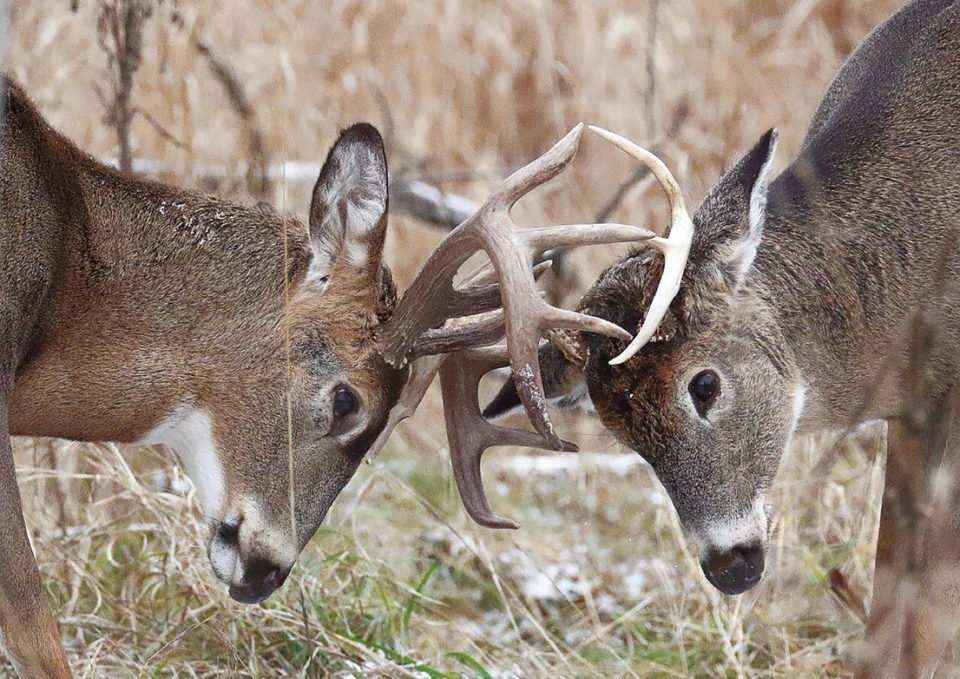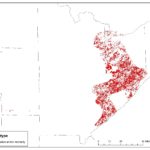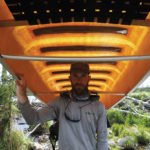It appears the Minnesota DNR isn’t doing everything it ought to be in order to maintain and improve fish and wildlife habitat on state lands that, ironically, are purchased and managed by monies derived from hunting and fishing licenses and federal excise taxes paid on hunting and fishing gear. At issue is commercial logging that is occurring on state Wildlife Management Areas and Aquatic Management Areas, where the DNR is unable to document how the timber harvests benefit fish and wildlife habitat. Indeed, audits of state WMAs conducted by the U.S. Fish and Wildlife Service, as well as anecdotal reports from wildlife professionals and conservationists indicate some harvests have harmed habitat.
It is important to note that no professionals involved with this issue are against logging or utilizing Minnesota’s abundant and valuable forest resources. State lands currently are the largest provider of timber for Minnesota markets.
At issue is a move initiated by the Dayton administration to ramp up the annual harvest from DNR-managed state lands from roughly 800,000 cords per year to 1 million cords. Using computer modeling to assess the state’s forest inventory and determine how much timber was available for harvest, the DNR determined the way to meet the Dayton administration’s ambitious logging target was to ramp up cutting on lands managed for wildlife. Perhaps ironically, Dayton’s industry-friendly program was called the Sustainable Harvest Initiative.
Timber harvest on WMAs and AMAs is not new. Logging has long been used as a wildlife management tool to create areas of new forest beneficial to wildlife species ranging from woodcock to moose, as well to encourage regrowth of native tree species and create a patchwork of forest habitat comprised of stands of varied ages. The big difference is in the past, harvests were designed by wildlife biologists with specific goals to maintain or improve wildlife habitat. Under the Dayton initiative, the cuts are laid out by foresters with the intent of meeting increased harvest targets. It’s not about habitat any more. It’s about cords.
The response from wildlife professionals and conservationists was swift and strong. In 2019, The Wildlife Society, the Minnesota Division of the Izaak Walton League of America and a group of existing and retired DNR wildlife managers sent letters of objection to the DNR Commissioner’s Office regarding the harvest targets set for WMAs. They received little response from the Commissioner’s Office and no action to address their concerns about turning wildlife lands funded by hunters and anglers into commercial forests.
However, another agency was paying attention to the issue and shared the wildlifer’s concerns. The U.S. Fish and Wildlife Service administers multi-million-dollar grants to the DNR of funds derived from Pittman-Robertson and Dingell-Johnson programs, which collect excise taxes from the sales hunting and fishing gear. The DNR is reimbursed 75 cents on every dollar for approved habitat projects. To get the money, the DNR must track expenditures and demonstrate that the intent of the work was to benefit wildlife habitat. When it comes to commercial logging on WMAs, the DNR hasn’t made that case.
Audits by the USFWS of three WMAs across the state, Whitewater, Mille Lacs and Red Lake, turned up examples of timber harvests where the DNR could not document any wildlife benefits.
In response, the USFWS has put conditions on the DNR’s federal grants that forest activities on WMAs and AMAs need to demonstrate benefits to habitat. Whether the agency will take the conditions seriously and do a better job of managing logging on wildlife lands or it will simply approach the USFWS demand for documentation as an exercise in creative writing remains to be seen. It is fair to say the agency’s actions are being closely watched by wildlife professionals and conservationists.
In regard to the issue as whole, there are pertinent observations to be made. First, the Walz Administration has chosen to stay the course with Dayton’s ramped-up logging initiative. Second, Minnesota’s overall level of timber harvest is the lowest it’s been in at least 20 years, due to decreased demand for wood caused by many mill closures and the resulting loss of loggers across the state. It is fair to ask, but difficult to answer, whether Dayton’s initiative was an industry-friendly move to flood the market with state wood and thus depress prices for timber offered by counties, private landowners and others.
What is especially troubling, and should be regarded as a red flag by the state’s hunters and anglers, the DNR Commissioner’s Office under Walz has chosen to not acknowledge, much less respond, to letters specifically addressing this issue from The Wildlife Society and the Izaak Walton League. Considering these organizations have long been stalwart supporters of the DNR, especially its fish and wildlife division, one can only wonder what sort of message it sends—whether intentional or not—to the conservationists and many hunters and anglers within their ranks.
In a long career of writing about fish and wildlife conservation in Minnesota, it is hard for this writer to recall another instance where the agency has strayed so far from its mission of maintaining and improving fish and wildlife habitat. And I am not the only one to make this observation. While there always is, and should be, tension between the DNR and the conservation community, it’s different this time. Let’s hope it’s an anomaly and not a signal of a diminishing conservation mission within what has long been regarded as one of the best state natural resource agencies in the U.S.






